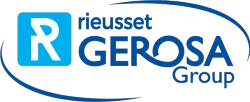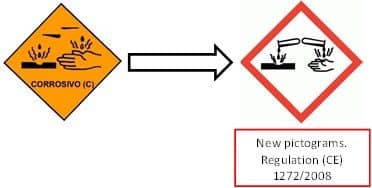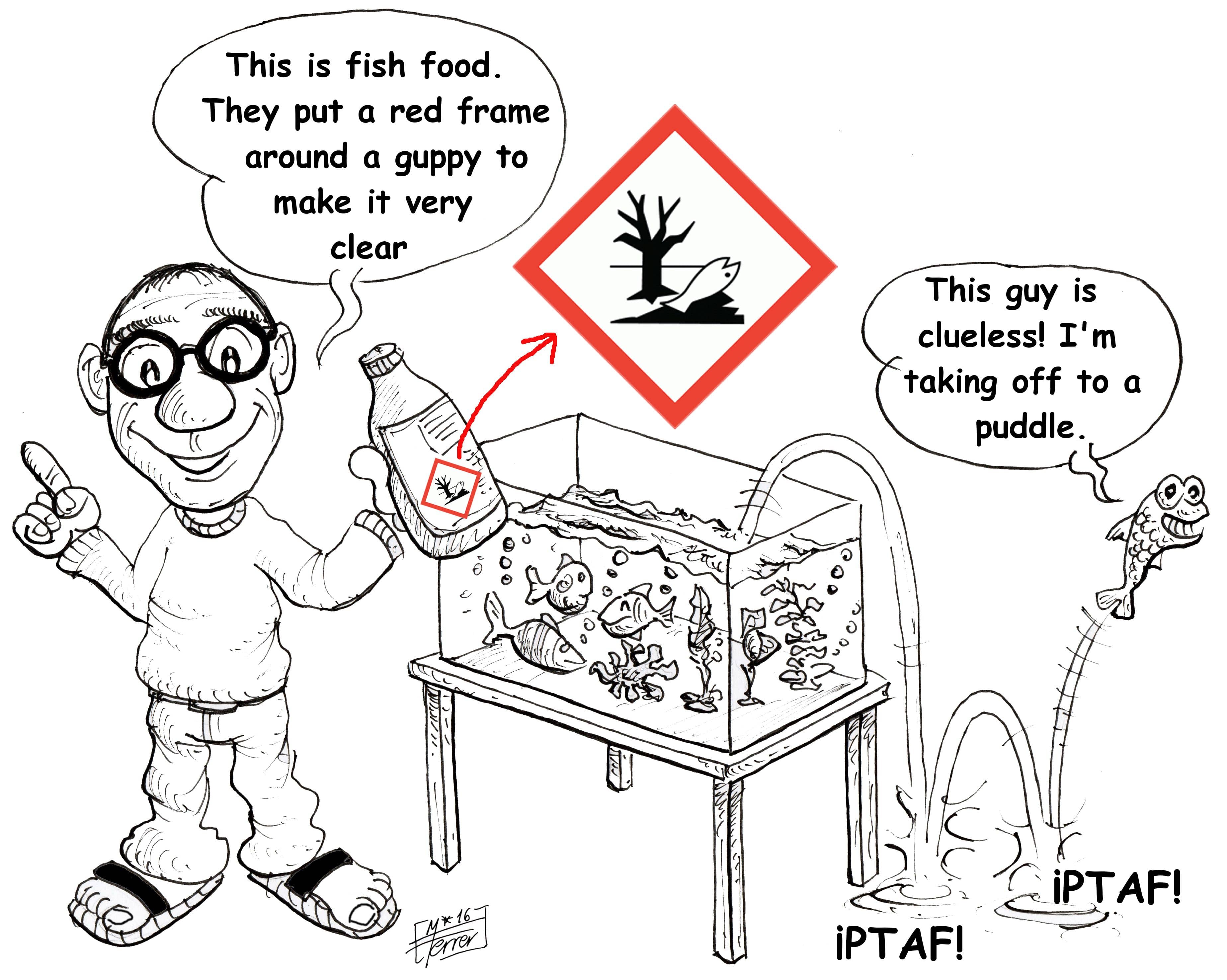
10 Nov This is very toxic!
We go to the supermarket, we buy one of the many chemical products intended for household use and…, do we analyze the dangers? We habitually buy and use these in the way they are intended according to what is written on their labels in large letters, we skim through the instructions – if we have never used the product before –, and due to the major technological advances in opening and closing mechanisms, we follow the instructions for opening the container.
The pictograms on the label of any container holding a chemical product warn us of the product’s dangers, if any. These are quickly recognizable images that occupy only a little more than a nanosecond of our attention.
These pictograms are of vital importance when manipulating a chemical product and establishing the necessary precautions, which if omitted can lead us to the nearest hospital emergency room.
Colors of the pictograms
Up until a little while ago, the pictograms for hazards had an orange background and a black frame, which was repealed by regulation (CE) 1272/2008 (called CLP), which refers to the classification, labeling and packaging of chemical products. Currently, in these pictograms the background is white and the frame is red.
What do pictograms warn against?
Considering the above-mentioned “innovation” in pictograms, it is worthwhile deciphering the meaning of these.
Is the pictogram enough?
In any product presenting risks, in addition to the pictogram, the label must include hazard and precautionary statements.
Hazard statements: known as H-phrases. These describe the nature of the hazards associated to chemical substances or mixtures.
Precautionary statements: known as P-phrases. These describe the recommended measures for avoiding or minimizing the adverse effects caused by exposure to a hazardous substance or mixture.
Other information that must be included on the label is:
- Identification of the manufacturer or distributor
- Identification of the chemical substance
- Signal words for use
- Other possible supplementary information
On the industrial level, the range of hazardous chemical substances can become significantly larger. In Rieusset we have had to implement guidelines to be followed when acquiring any chemical product. These guidelines begin with requesting the Safety Data Sheet when buying any new chemical product.
Safety Data Sheet?
All chemical substances must have their own Safety Data Sheet (also known by the initials SDS). Obviously the corner supermarket does not supply these with the drain cleaners they sell, but we can request them from the manufacturer or distributor.
The information supplied by a Safety Data Sheet is much more comprehensive than that provided by a product label.
A Safety Data Sheet must contain the following sections:
- Identification of the substance/mixture and of the company/undertaking
- Hazards identification
- Composition/information on ingredients
- First aid measures
- Firefighting measures
- Accidental release measures
- Handling and storage
- Exposure controls/personal protection
- Physical and chemical properties
- Stability and reactivity
- Toxicological information
- Ecological information
- Disposal considerations
- Transport information
- Regulatory information
- Other information
From this point on we evaluate the inherent hazards of the newly acquired product and establish conditions for handling and storage as well as the measures to be taken in the case of an accident.
As a follow-up to the article “They call me PPE”, published in this blog, we must determine which personal protection equipment needs to be used. To do this we go to section 8 of the Safety Data Sheet: Exposure controls/personal protection.
Users must be informed about the content of the Safety Data Sheets, as established by article 18 of Law 31/1995, on Labor Risk Prevention. Consequently, in Rieusset we have the means that make it possible for users of the different chemical products to consult the Safety Data Sheets.
The aim of this article, which has now come to its end, has been to identify the tools available in order to deal with chemical products correctly. But above all, one should never forget this principle: when faced with the need to acquire a chemical product we should always look for an alternative with fewer risks, ideally one without any.
| We Manufacture: | Meet Rieusset: |






